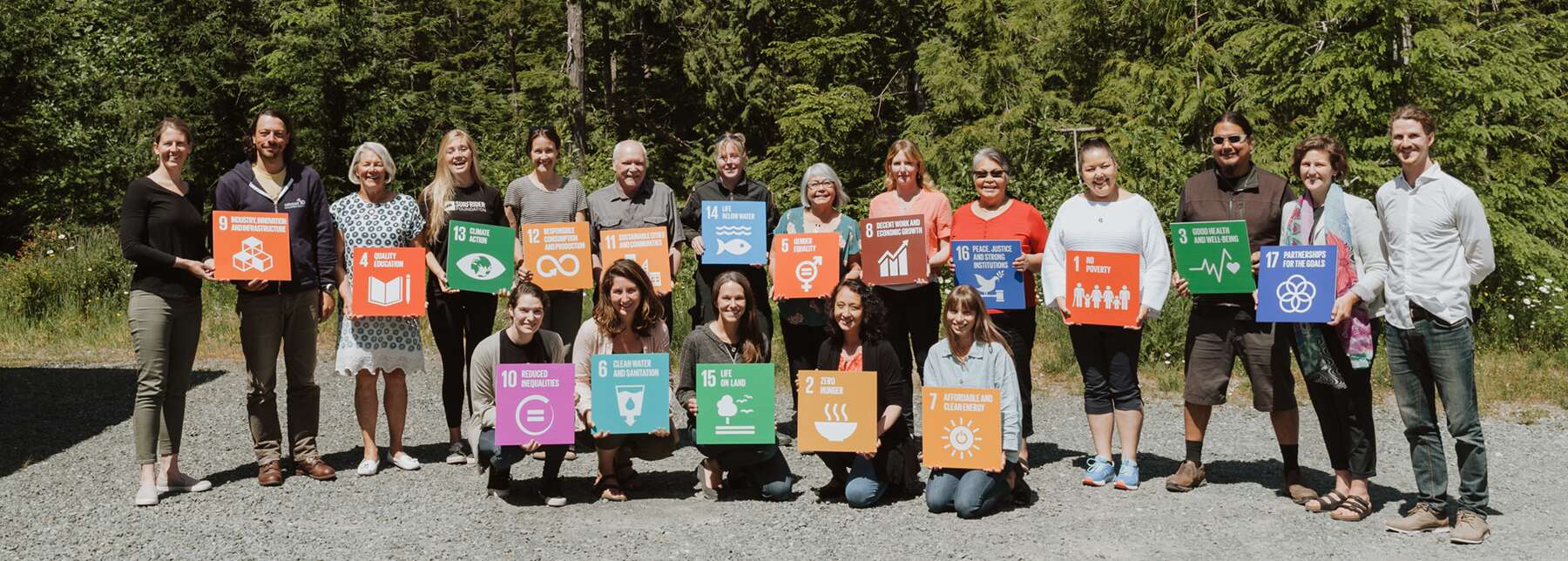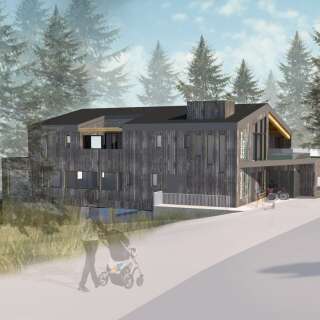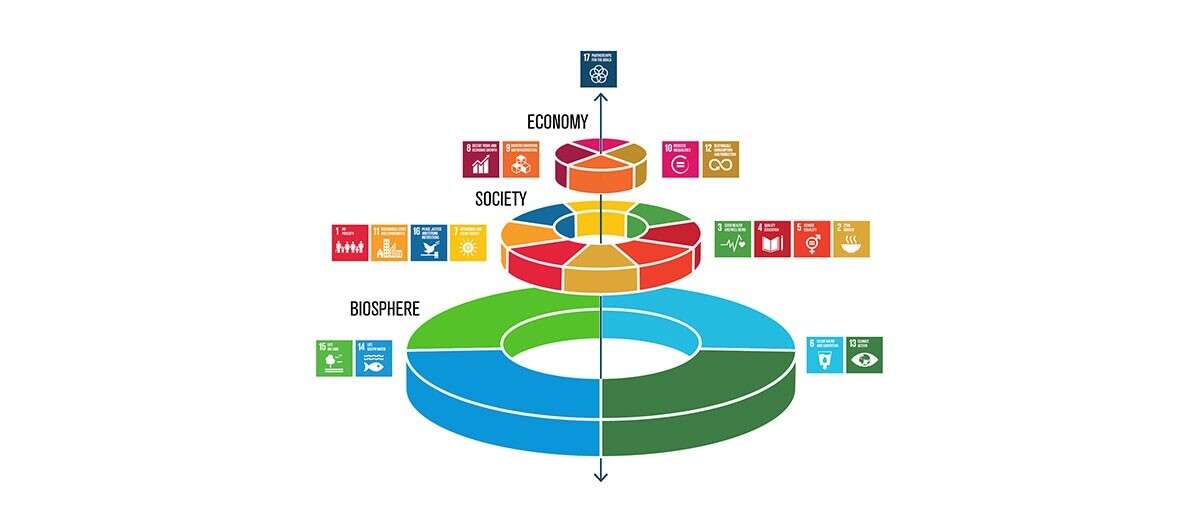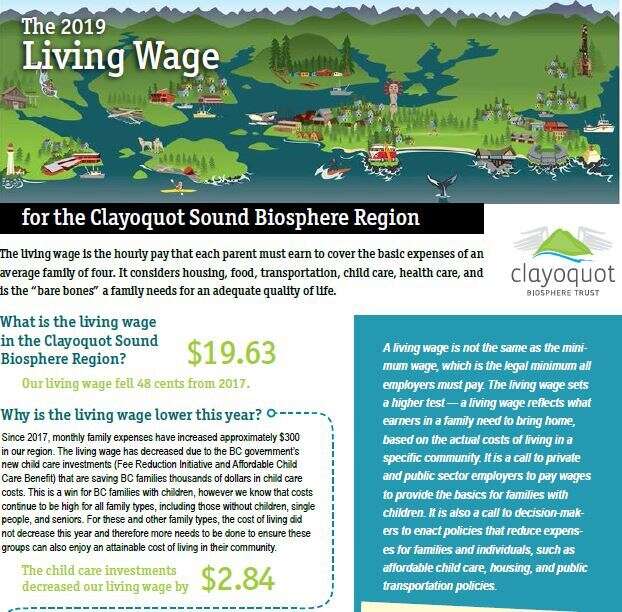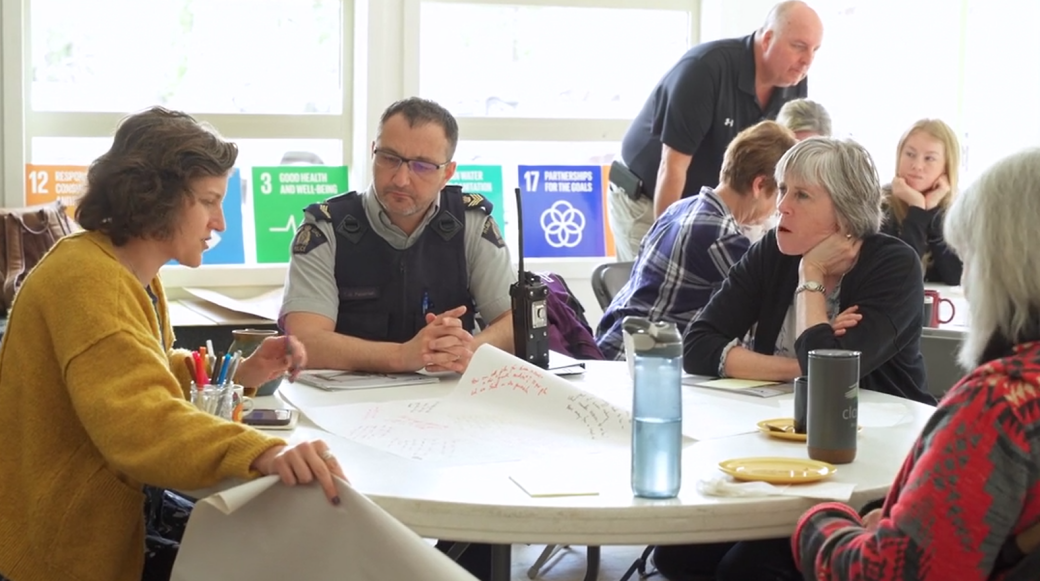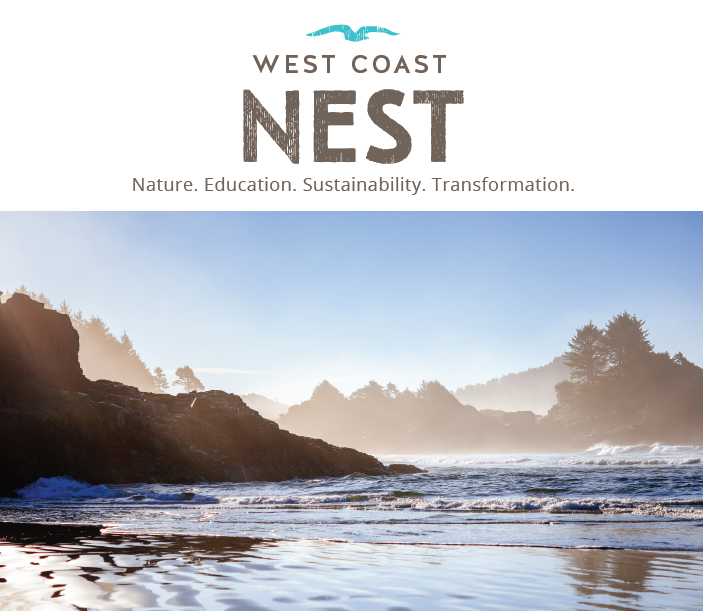
Vital Signs Report
In 2018, the CBT Vital Signs report used localized data to align with 14 of the 17 UN SDGs and highlighted several concerning economic trends. For example, the growing economic sectors such as tourism and declining sectors such as fisheries are contributing to rising unemployment rates and declining median wages resulting in a widening income-gap between communities. The Vital Signs Report is a highly effective method for tracking and reporting on indicators and targets for the UN SDGs.
